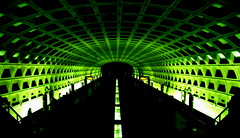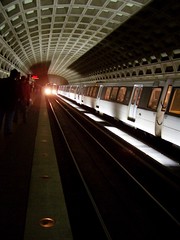High-Speed Rail Drives Obama’s Transportation Agenda
(Source: Washington Post)
But the slow ride may soon be over. The project is one of dozens nationwide that are likely to benefit from President Obama’s initiative to fund high-speed and intercity passenger rail programs, including $8 billion in stimulus money and $5 billion more over the next five years in the administration’s proposed transportation budget.
The money represents the first major step toward establishing a genuine high-speed train network in the United States and has sparked a stampede among states, advocacy groups and lobbyists who are not accustomed to this level of funding.
“We’re going to turn over every stone we can,” said Steve Raukar, a commissioner in St. Louis County, Minn., who chairs the Northern Lights Passenger Rail Alliance, which is spearheading the drive for the $500 million project. “We’re trying to get everything moving as fast as possible with the understanding that this is a once-in-a-lifetime opportunity for funding.”
High-speed rail has emerged as the cornerstone of Obama’s ambitious attempt to remake the nation’s transportation agenda, which for half a century has focused primarily on building highways and roads. Nearly half of the $48 billion in stimulus money for transportation projects will go toward rail, buses and other non-highway projects, including $1.3 billion for Amtrak and its successful rapid rail service, Acela. The Transportation Department also would receive $2 billion more under Obama’s proposed 2010 budget, most of it for rail and aviation improvements.Click here to read the entire article.


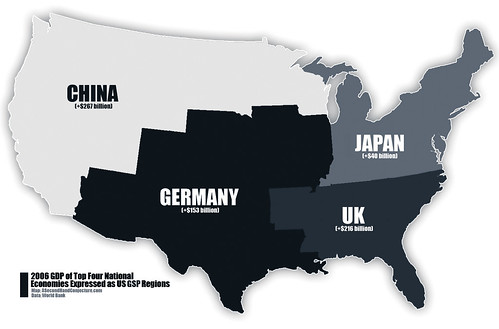
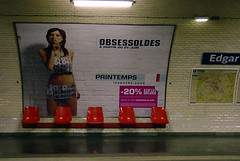
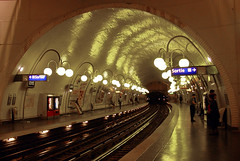


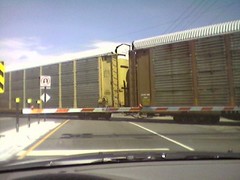

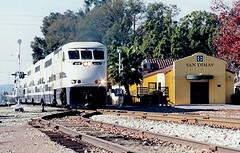
 President Obama and Vice President Biden spoke with Transportation Secretary Ray LaHood Tuesday at Transportation Department headquarters, where they announced the first batch of stimulus funds getting distributed. In an interview with The Wall Street Journal, Mr. LaHood talked about spending stimulus money wisely, his opposition to an increase in the gasoline tax, new fuel emission standards and more. Below are edited excerpts from the interview.
President Obama and Vice President Biden spoke with Transportation Secretary Ray LaHood Tuesday at Transportation Department headquarters, where they announced the first batch of stimulus funds getting distributed. In an interview with The Wall Street Journal, Mr. LaHood talked about spending stimulus money wisely, his opposition to an increase in the gasoline tax, new fuel emission standards and more. Below are edited excerpts from the interview.